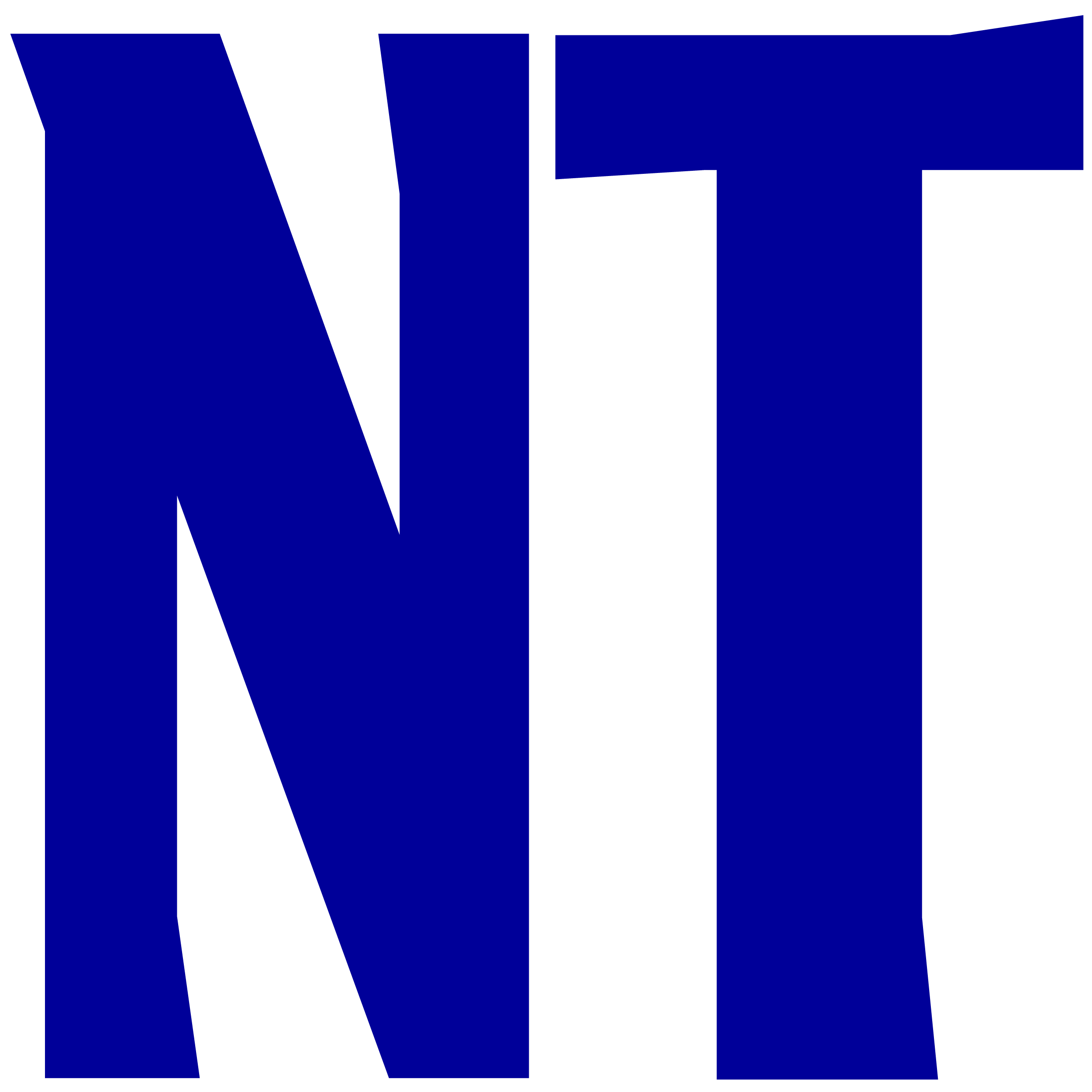That's not to say it's without its pleasures. Much of the film is given to gliding along South America's great rivers in handmade canoes. The cameras of cinematographer David Gallego skim right along with the travelers, and we behold the marvels of South America in crisp, black-and-white widescreen. The drift of these journeys is seductive, irresistible, an aesthetic choice that gets at the moral complexities
The main narrative is set in 1909, as German explorer Theodor Koch-Grunberg (Jan Bijvoet
Almost every moment of cross-cultural understanding or pristine wild beauty is tinged with hints of corruption, with the sense that Theodor's very presence on this river will hasten its doom. He worries, early on, that the tribe that has stolen his compass will as a consequence lose its unique traditional methods of navigation, but he seems to harbor no such concern for the results of the work of a missionary encountered downstream. He doesn't worry
That mission sequence is a linchpin to the film's secondary narrative. In the 1940s, a second white explorer (




